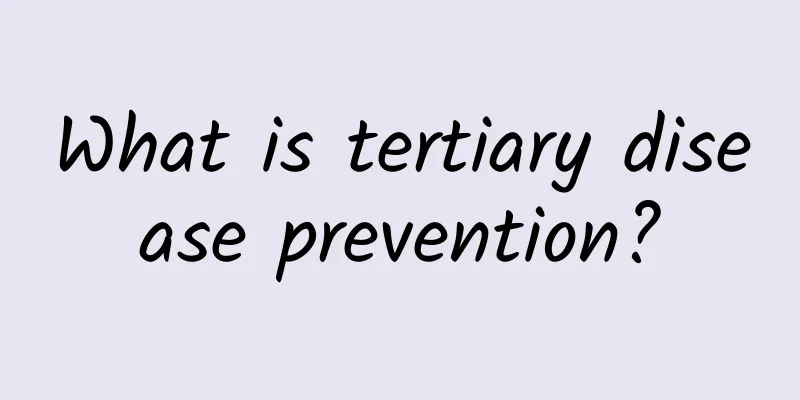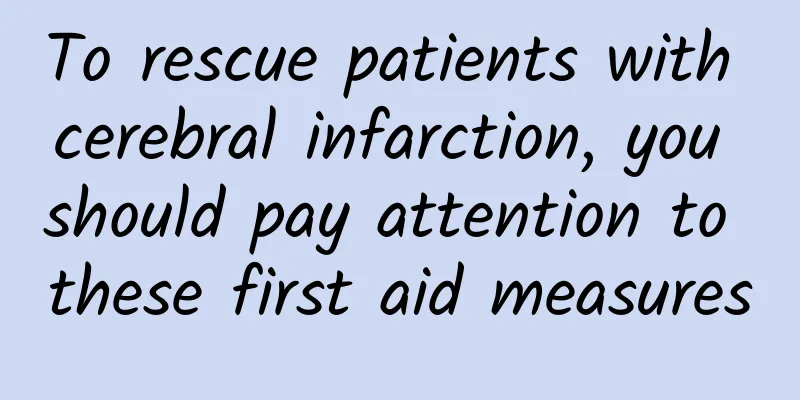Can polycystic ovary syndrome be cured?

|
Polycystic ovary is the main factor causing female infertility, and the probability of obese women suffering from polycystic ovary is greatly increased. When a woman has polycystic ovary, her menstrual cycle will be affected, and the ovaries may be blocked and the eggs cannot be discharged normally. However, this disease is not incurable, so patients should still actively cooperate with treatment. So can polycystic ovary be cured? Can polycystic ovary disease be cured? The main purpose of PCOS treatment is to establish a normal menstrual cycle with ovulation, restore fertility, and eliminate hirsutism. Based on the symptoms of polycystic ovary disease, it can be inferred that if patients want to succeed, they should first ovulate normally and establish a normal menstrual cycle. At this time, if the ovaries no longer produce too much androgen, the hirsutism will disappear. Treatments for polycystic ovary disease include: 1. Obesity and insulin resistance Increase exercise to lose weight, correct endocrine and metabolic disorders aggravated by obesity, reduce insulin resistance and hyperinsulinemia, reduce IGF-1, increase IGfBP-1, and at the same time increase SHBG to reduce free androgen levels. Losing weight can restore ovulation in some obese women with PCOS and prevent the occurrence of type 2 diabetes and cardiovascular disease. Metformin treatment can be used for patients with or without diabetes. It can effectively reduce body weight, improve insulin sensitivity, lower insulin levels, reduce hair loss, and even restore menstruation (25%) and ovulation. Since obesity and insulin resistance are the main causes of PCOS, any drug that can reduce weight and increase insulin sensitivity can treat this syndrome. 2. Drug-induced ovulation (1) Clomiphene is the drug of choice for PCOS, with an ovulation rate of 60% to 80% and a pregnancy rate of 30% to 50%. Clomiphene competes with endogenous estrogen receptors at the hypothalamus-pituitary level, inhibits estrogen negative feedback, increases the pulse frequency of GnRH secretion, and thus adjusts the secretion ratio of LH and FSH. Clomiphene also directly stimulates the ovaries to synthesize and secrete estrogen. After taking this drug, the ovaries may enlarge due to overstimulation (13.6%), vasodilation may cause hot flashes (10.4%), abdominal discomfort (5.5%), blurred vision (1.5%), or side effects such as rash and mild hair loss may occur. During treatment, it is necessary to record the basal body temperature of the menstrual cycle, monitor ovulation, or measure serum progesterone and estradiol to confirm whether ovulation occurs and guide the adjustment of the dosage for the next treatment course. If there is still no ovulation or conception after 6 to 12 months of clomiphene treatment, clomiphene plus HCG or glucocorticoids, bromocriptine or HMG, FSH, GnRH, etc. can be given. (2) Combination of clomiphene and human chorionic gonadotropin (HCG): HCG should be added on the 7th day after discontinuation of clomiphene. (3) The effect of glucocorticoids combined with clomiphene is based on its ability to inhibit excessive androgen secretion from the ovaries or adrenal glands. Dexamethasone or prednisone is usually used. The effective rate within 2 months is 35.7%, and the ovarian function of patients with amenorrhea and anovulation is restored to a certain extent. When clomiphene is ineffective in inducing ovulation, dexamethasone can be added during the treatment cycle. (4) Human gonadotropin (HMG) is mainly used for patients with decreased endogenous pituitary gonadotropin and estrogen secretion. Human gonadotropin (HMG) is an extract purified from the urine of menopausal women. It contains FSH and LH in a ratio of 1:1. Each ampoule contains 75 U of FSH and LH respectively. Human gonadotropin (HMG) is considered as an alternative ovulation-inducing drug for the treatment of anovulatory infertility, but it has more side effects and a greater risk of inducing ovarian hyperstimulation syndrome (OHSS). The therapeutic dose of human chorionic gonadotropin (HCG) should vary according to the individual and treatment cycle, and strict follicle maturation monitoring measures should be in place to prevent the occurrence of ovarian hyperstimulation syndrome (OHSS). (5) Gonadotropin-releasing hormone (GnRH) GnRH can promote the release of FSH and LH from the pituitary gland, but long-term use makes the GnRH receptors of pituitary cells insensitive, leading to a decrease in gonadotropin, thereby reducing the synthesis of ovarian sex hormones. Its effect is reversible. It initially stimulates the pituitary FSH, LH and ovarian sex hormones, which then drop to normal levels after 14 days and reach castration levels after 28 days. However, due to the high cost and large dosage of GnRH-A, its clinical application is limited. (6) There are two types of FSHFSH: purified and recombinant human FSH (rhFSH). FSH is an ideal therapeutic agent for polycystic ovary, but it is expensive. And may cause OHSS. During application, ovarian changes must be closely monitored. FSH can also be used in combination with GnRH-A to improve the success rate of ovulation. (7) Bromocriptine is suitable for ICOS patients with high PRL to be taken after meals. |
<<: What is it like to see blood before giving birth?
>>: How to treat bacterial vaginitis
Recommend
What are the pigments used for eyebrow tattooing? What symptoms are suitable for eyebrow tattooing?
Eyebrow tattooing has been loved by more and more...
What impact do “pre-prepared meals” that almost every working person has eaten have on health?
As more and more "lazy people" emerge, ...
What causes a fishy smell down there?
Normal leucorrhea is a transparent liquid without...
How long does it take for the cervix to grow from three fingers to ten fingers?
For women, pregnancy and childbirth is a long and...
These types of drugs should not be discontinued at will to avoid worsening of the original disease
In the process of health management, drug treatme...
The effect of women drinking Ophiopogon japonicus water
Ophiopogon japonicus, everyone may still be relat...
More than just sleepwalking! Here are some weird things about sleep
People spend at least one-third of their lives sl...
Ovulation test strips and whiteboard after transplantation
Whether it is an ovulation test paper or an early...
Why is a woman upset?
Women have many common problems. When abnormal si...
How many times does Jianlan bloom in a year? Why does Jianlan never bloom?
Jianlan is a common flower. Because of its gorgeo...
What should I do if my period is very light?
Some women have very little menstrual flow, which...
How to regulate endocrine
As the pressure of life becomes greater and the p...
Treatment for insomnia during the third trimester of pregnancy
We all know that the origin of a new life is due ...
How to make tofu stewed with fish? How to make fish maw stewed with red dates and yam?
After hearing the bell, I put on my schoolbag and...









